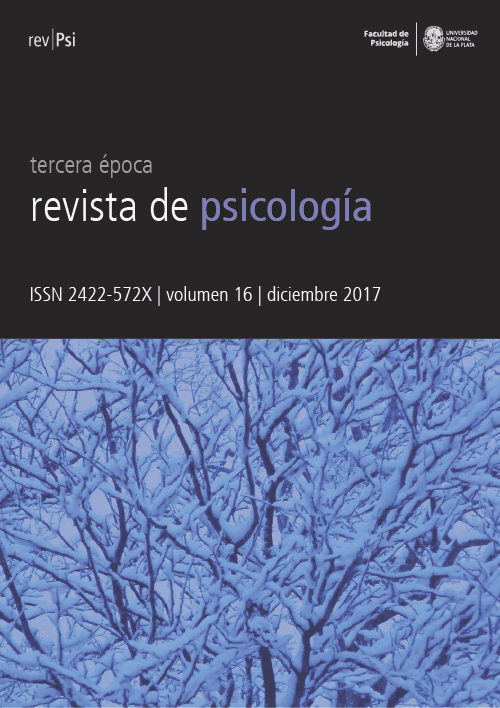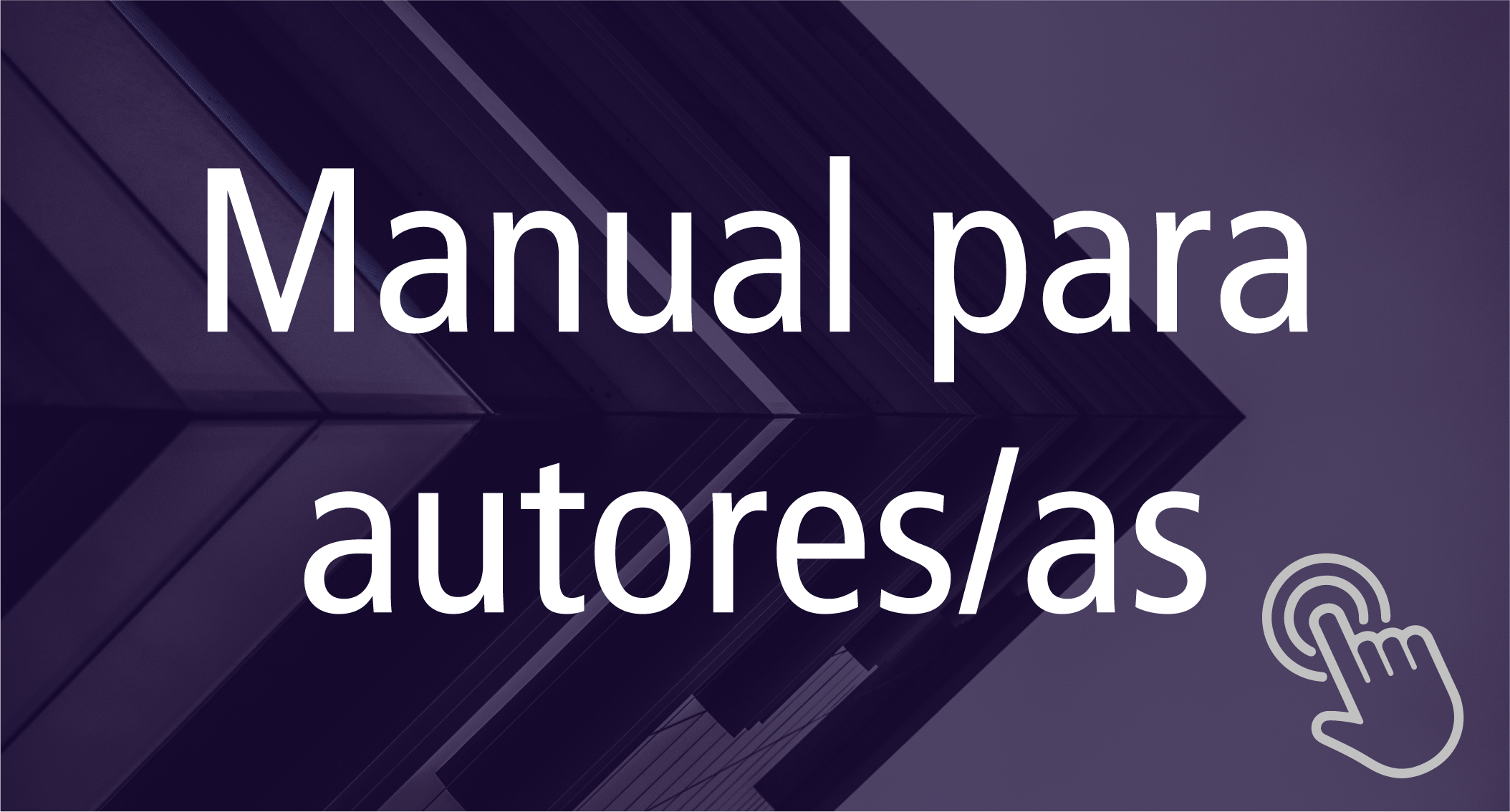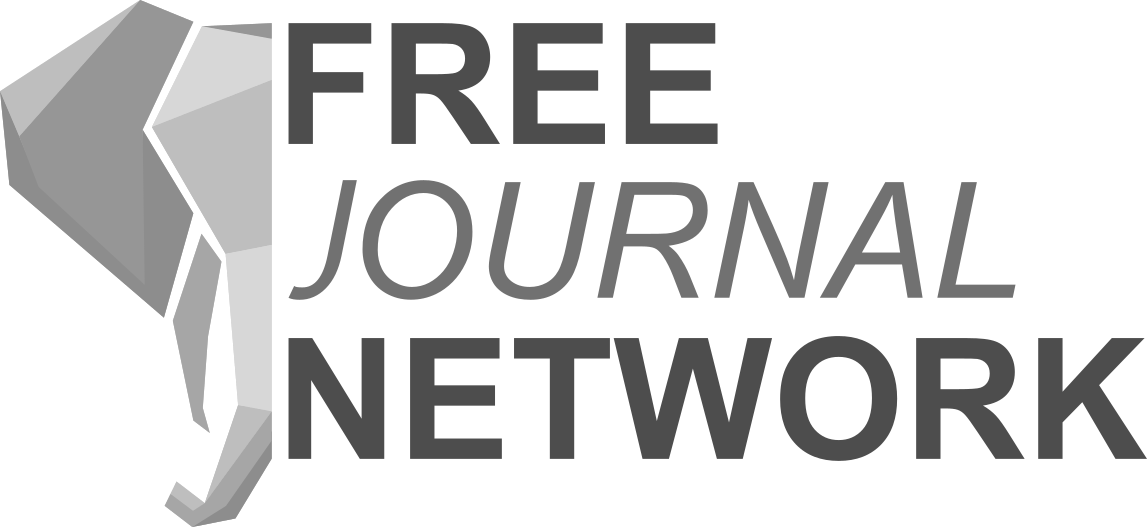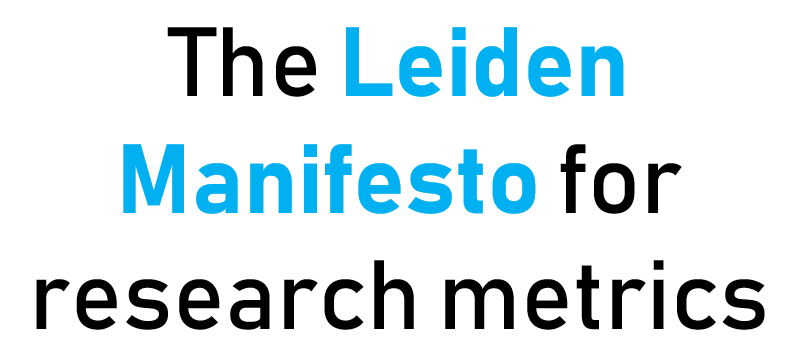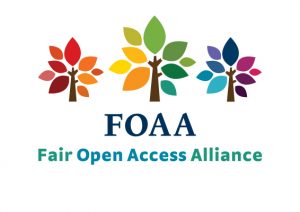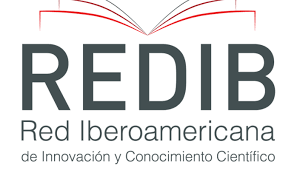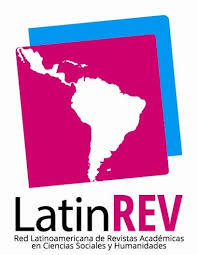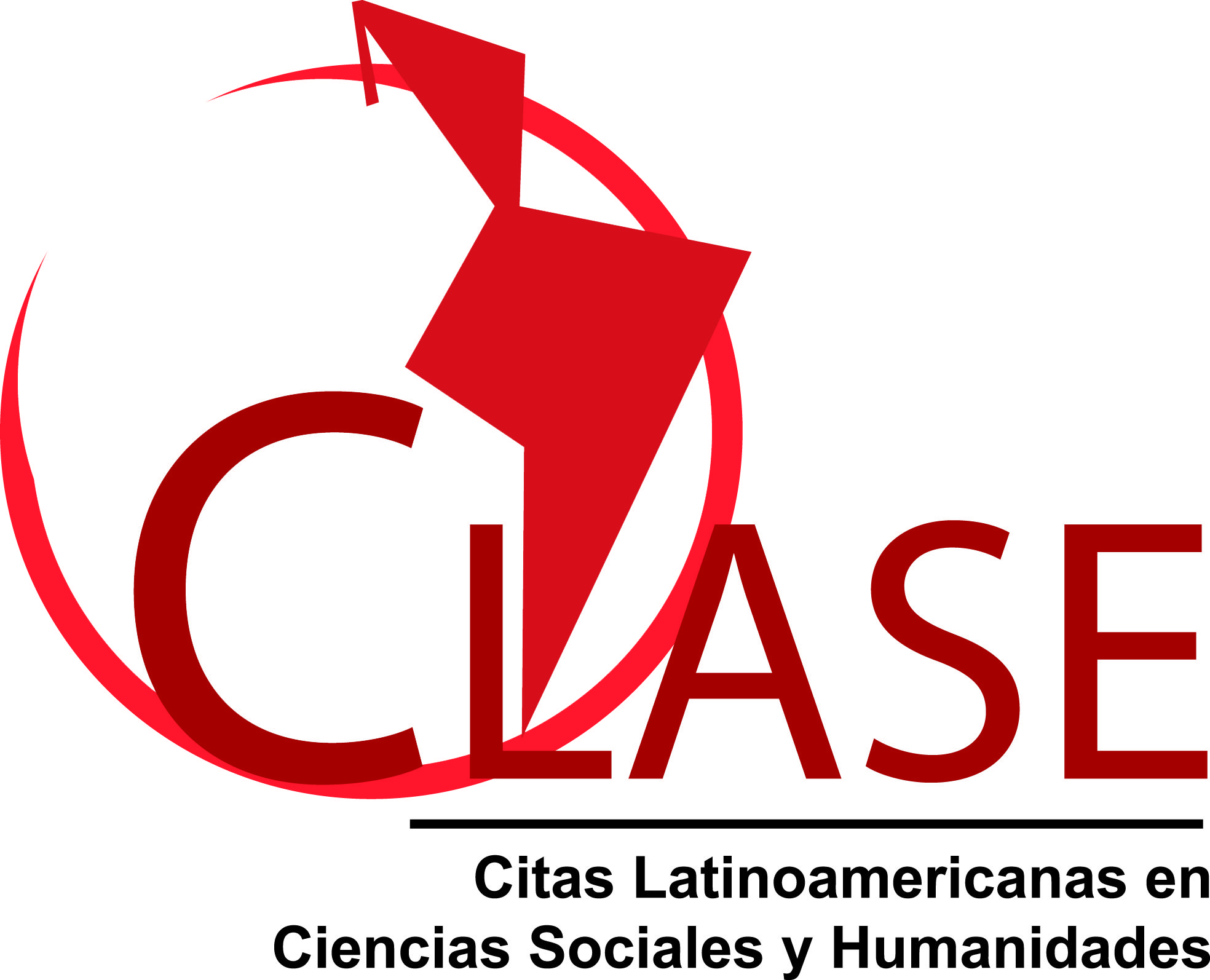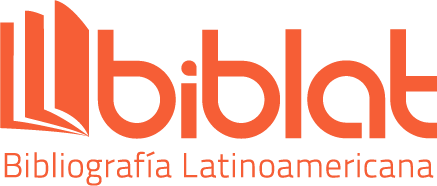Consumption of substances: Psychosocial factors involved in consultations to public care centers
DOI:
https://doi.org/10.24215/2422572Xe008Keywords:
problematic consumption of substances, psychosocial factors, health services, addictions, future projectionAbstract
Family, social support networks and institutional, education and labor spaces are factors of inestimable importance in understanding and addressing the etiological chain of problematic use of psychoactive substances (CPSP). The overall objective of this work was to identify and analyze psychosocial factors related to patients with CPSP attended in Addictions Care Centers (CPA) in the Province of Buenos Aires (BA), Argentina. A descriptive cross-sectional study was designed. The records of sociodemographic and psychosocial variables of the population using the service network were obtained from the Observatory of Psychoactive Substances Use. The main characteristics found were weak social networks and support containment, accompanied by the lack of forward-looking in patients with average age of 28 years; in addition to familiar scenarios with difficulties in carrying out the socio-affective functions. Patients with future projection showed higher presence of social support networks and containment and interests.
Downloads
Metrics
References
Amor, P. J., Bohórquez, I. A., Corral, P. y Oria, J. C. (2012). Variables psicosociales y riesgo de violencia grave en parejas con abuso de sustancias tóxicas y maltrato previo [Psychosocial variables and risk of severe violence in couples with substance abuse and previous maltreatment]. Acción Psicológica, 9(1), 3-18 doi: http://dx.doi.org/10.5944/ap.9.1.204
Bhatia, Ramona; Hartman, Christine; Kallen, Michael A; Graham, James; Giordano, Thomas P. Persons newly diagnosed with HIV infection are at high risk for depression and poor linkage to care: Results from the Steps Study. AIDS and Behavior. Vol.15(6), Aug 2011, pp. 1161-1170. NOTA: de este trabajo solamente se ha conocido el resumen; sin acceso al texto completo
Breilh, Jaime. (2013) La determinación social de la salud como herramienta de transformación hacia una nueva salud pública (salud colectiva). Revista Facultad Nacional de Salud Pública, 31 (supl. 1) (2013): 13-27.
Buckley Lisa, Sheehan , Mary & Chapman Rebekah . (2009). Adolescent Protective Behavior to Reduce Drug and Alcohol Use, Alcohol-related Harm and Interpersonal Violence. Journal of Drug Education. Vol. 39 (3), 289 – 301.
Campbell, J. C. (Ed.). (1995). Assessing dangerousness: Violence by sexual offenders, batterers, and child abusers. Thousand Oaks, CA US: Sage.
Castillo, Alejandro; Rincon-Hoyos, Hernan G; Lewis, John E; Velez, Juan D; Bersh, Sonia; Penedor, Frank; Shor-Posner, Gail; Schneiderman, Neil. Psychosocial and clinical characteristics and psychiatric co-morbidity among men and women with HIV/AIDS under medical treatment at a tertiary health care center in Cali, Colombia. Revista Colombiana de Psiquiatria. Vol.37(1), Mar 2008, pp. 29-39.
Compton, Michael T; Weiss, Paul S; West, Joyce C; Kaslow, Nadine J. The associations between substance use disorders, schizophrenia-spectrum disorders, and Axis IV psychosocial problems. Social Psychiatry and Psychiatric Epidemiology. Vol.40(12), Dec 2005, pp. 939-946.
Culberson JW, Ziska M. Prescription drug misuse/abuse in the lderly. Geriatrics.2008;63(9):22–31
Dirección Nacional de Salud Mental y Adicciones. (2013) Plan Nacional de Salud Mental. Ministerio de Salud de Nación.
Eyrich-Garg, Karin M; Cacciola, John S; Carise, Deni; Lynch, Kevin G; McLellan, A. Thomas. Individual characteristics of the literally homeless, marginally housed, and impoverished in a US substance abuse treatment-seeking sample. Social Psychiatry and Psychiatric Epidemiology. Vol.43(10), Oct 2008, pp. 831-842.
Fernández-Montalvo, J. y Echeburúa, E. (1997). Variables psicopatológicas y distorsiones cognitivas de los maltratadores en el hogar: un análisis de scriptivo [Psychopathological Characteristics and Irrational Beliefs of Male Batterers: A Descriptive Analysis]. Análisis Y Modificación De Conducta, 23, 151-180.
García del Castillo José; García del Castillo-López, Álvaro ,Gázquez Pertusa Mónica y Marzo Campos, Juan Carlos. (2013) La inteligencia emocional como estrategia de prevención de las adicciones © Health and Addictions 2013 ISSN 1578-5319 ISSNe 1988-205X Vol. 13, No.2, 89-97.
Granados Hernandez, M.; Brands, B.; Adlaf, E.; Giesbrecht, N.; Simich, l.; Miotto Wright, M.G. (2009). Perspectiva crítica de la familia y de personas cercanas sobre factores de riesgo familiares y comunitarios en el uso de drogas ilícitas en San José, Costa Rica. Revista Latino-Am. Enfermagem vol.17 no.spe RibeirãoPreto.
Grube, J.W., Rockead, M. y Getzlaf, S.B. (1990). Adolescent’ value images of smokers, ex-smokers, and nonsmokers. Addictive Behaviors, 15, 81-88.
Hightow-Weidman, Lisa B; Jones, Karen; Phillips, Gregory II; Wohl, Amy; Giordano, Thomas P. Baseline clinical characteristics, antiretroviral therapy use, and viral load suppression among HIV-positive young men of color who have sex with men.AIDS Patient Care and STDs. Vol.25(Sup1), Aug 2011, pp. S9-S14.
Kniskern, J, Biglan, A., Litchtenstein, E., Ary, D. y Bavry, J. (1983). Peer modelling effects in the smokimg behavior of teenagers. Addictive Behaviors, 8, 129-132.
Li-Tzy Wu, Blazer, Dan. Illicit and Nonmedical Drug Use Among Older Adults: A Review. J Aging Health. Apr 2011; 23(3): 481–504.
Medina-Mora M. E.; Real T.; Villatoro, J.; Natera, G. (2013) Las drogas y la salud pública: ¿hacia dónde vamos?. Salud pública Méx vol.55 no.1 Cuernavaca ene./feb. 2013
Moral Jimenez María de la Villa. Personalidad, resiliencia y otros factores psicosociales asociados al consumo de sustancias. Revista española de drogadependencias. 32 (3) 250-291. 2007.
Nowlis, H. (1975) La verdad sobre la droga. UNESCO.
Peinado, Jesus; Villanos, Maria Theresa; Singh, Namrata; Leiner, Marie. The association between exposure to violence, alcohol, and drugs and psychosocial and behavioral outcomes among Mexican-American adolescents of low socioeconomic status .Journal Adicciones. Vol.26(1), 2014, pp. 30.
Simoni-Wastila L, Yang HK. Psychoactive drug abuse in older adults. American Journal of Geriatric Pharmacotherapy. 2006;4:380–394.
Small, La Fleur F. Determinants of physician utilization, emergency room use, and hospitalizations among populations with multiple health vulnerabilities. Health: An Interdisciplinary Journal for the Social Study of Health, Illness and Medicine. Vol.15(5), Sep 2011, pp. 491-516.
Sorensen, James L; Larios, Sandra E; Manuel, Jennifer Knapp. Shaffer, Howard [Ed]; LaPlante, Debi A [Ed]; Nelson, Sarah E [Ed]. (2012). APA addiction syndrome handbook, HIV infection, AIDS, and addiction. Vol. 2: Recovery, prevention, and other issues. (pp. 429-455). vii, 527 pp. Washington, DC, US: American Psychological Association; US.
Stinchfield, Randy; Winters, Ken C. (2004). Predicting Adolescent Drug Abuse Treatment Outcome with the Personal Experience Inventory (PEI). Journal of Child and Adolescent Substance Abuse, Vol13 (2),103-120.
Sussman, S. (1995). Prevencion del consumo de tabaco en ninos/as y adolescentes. Psicología Conductual, 3(3), 283-314.
Virgolini, M.; Molinari, M.; Specogna, M. Programa VIGI+A. Ministerio de Salud y Ambiente de la Nación. 2005
Voyer P, Préville M, Roussel ME, Berbiche D, Beland SG. Factors associated with benzodiazepine dependence among community-dwelling seniors. Journal of Community Health Nursing. 2009;26(3):101–113
Downloads
Published
How to Cite
Issue
Section
License
![]()
Authors who publish in this journal accept the following conditions:
- Authors retain the copyright and assign the right of first publication to the journal, with the work registered under a Creative Commons attribution license (CC-BY), which allows third parties to use what is published whenever they mention the authorship of the work and the first publication in this magazine.
- Authors can make other independent and additional contractual agreements for the non-exclusive distribution of the article published in this journal (e.g., include it in an institutional repository or publish it in a book) as long as they clearly indicate that the work was published for the first time in this magazine.
- Authors are allowed and encouraged to publish their work on the Internet (e.g., on institutional or personal webpages) before and during the review and publication process, as it can lead to productive exchanges and greater and faster dissemination of published work (see The Effect of Open Access ).

